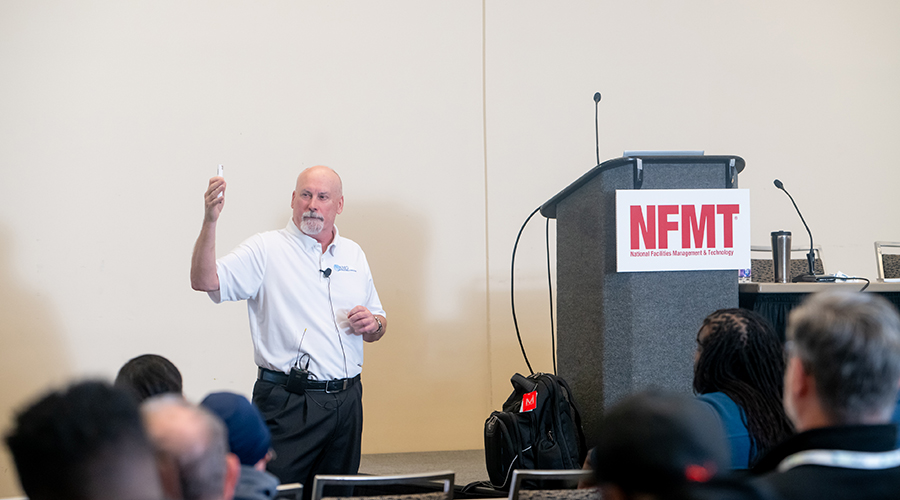
Divers Use Camera to Perform Assessment for Central Indiana Regional Power Plant
Expert divers use innovative technology and ingenuity to inspect difficult locations. November 8, 2024
A power plant in central Indiana needed a firm to visually inspect and measure the thickness of deteriorating steel outfall lines, so management could plan needed repairs. The crew would be required to televise and record their inspection for later reference in planning and budgeting for maintenance.
The job presented several unique challenges, including the need to access the location through a parking lot. Traffic was shut down, but there were all the vehicles to navigate around with the equipment to get set up.
The length, diameter and heavy corrosion of the lines also challenged the crew. The two steel lines were well over 12 feet in diameter. The water flow shutdown necessary to inspect the lines dropped the water level to half-full, requiring divers experienced in working in a semi-watered environment.
The job required UDT (Ultrasonic Depth and Thickness) readings at six different clock positions, making it necessary for the diver to bring in a ladder to access the upper reading locations.
Bulldog was tapped for this project due to its reputation for expertise and agility in successfully executing difficult jobs few, if any, other companies are willing to take on. The crew set up an operations tent in the parking lot to cover a control station for its eight-man dive team. From there, they issued communications with the divers as they recorded their findings, while monitoring and managing their air usage.
All air was surface supplied, but as a precaution, divers also carried a personal high-pressure bottle on their back for emergency air. Two to three divers were in the pipe at any given time, with the lead diver performing the actual inspection, and the other divers tending breathing and power umbilicals. The lead diver operated the camera, while providing audio narration of the conditions being encountered.
The divers used an Outland Technology fixed-focus video camera with an LED light to illuminate the subject, with the camera mounted to the divers’ air helmet.
The pipeline wall thickness was measured with a Cygnus Dive Underwater ultrasonic thickness meter, and the finished video recording footage was delivered to the client on a thumb drive.
The crew successfully completed this portion of the inspection in about five hours, while the entire inspection project involved multiple lines over the course of a week. This work established baseline measurements for an ongoing effort by the plant to regularly monitor the thickness of existing outfall lines for comparison with previous years’ inspections. This would later form the basis for management decisions on maintenance schedule, approach and methodology. It allowed planners to base their rehabilitation or replacement decisions on actual conditions rather than best guesses, ultimately saving the utility wasted resources by only ordering work that was actually needed.
Next
Read next on FacilitiesNet












